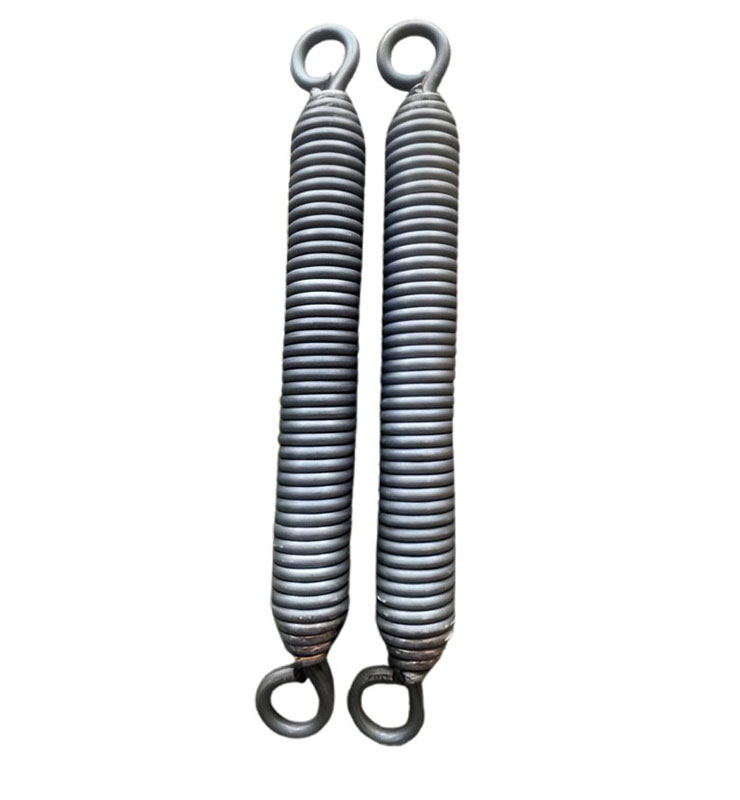
Tension Springs
A tension spring (also known as a extension spring) is a type of mechanical spring designed to resist stretching forces, meaning it works under tension. Unlike compression springs, which are compressed under load, tension springs are elongated or stretched when an external force is applied to them.
Key Features of a Tension Spring
- Function: Tension springs are designed to store mechanical energy when stretched. They resist the applied force and tend to return to their original length when the force is removed, which makes them ideal for applications where pulling or stretching forces are involved.
- Shape: These springs typically have a helical shape, with coils arranged in a way that allows them to elongate when pulled. The ends of tension springs usually have hooks, loops, or eyes to attach the spring to other parts of a system.
- Material: Tension springs are commonly made from high-carbon steel, stainless steel, or alloy steel for strength and durability, ensuring they can withstand repeated stretching and releasing cycles.
Applications
- Mechanical Devices: Tension springs are used in a wide range of machinery and mechanical devices to provide resistance, such as in door closing mechanisms (e.g., garage doors), trampolines, or even clothespins.
- Automotive: Found in components like brake systems, clutches, or suspension parts.
- Electronics: Often used in applications like keyboard switches or internal mechanisms of printers.
- Industrial Equipment: Used in equipment where a pulling force is needed to keep parts in place or allow movement under controlled tension.
How It Works
When a tension spring is pulled, it stretches, storing potential energy. The more it is stretched, the greater the force it exerts to return to its original shape. The spring will return to its normal length when the external force is removed, as long as it hasn’t been stretched beyond its elastic limit, which would cause permanent deformation.

